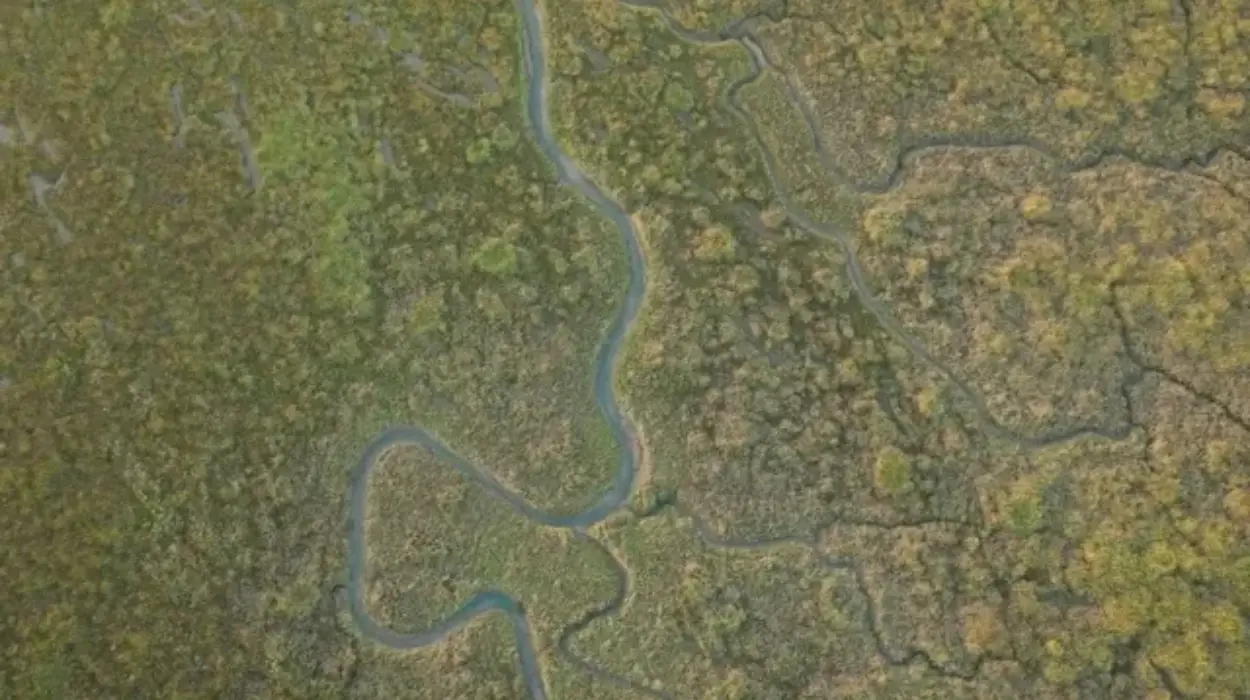
UK’s Muddy Saltmarshes: Vital Natural Allies in Tackling Climate Change
The UK’s saltmarshes, often overlooked muddy coastal wetlands, play a crucial role in the fight against climate change by locking away vast amounts of carbon in their soils. Despite losing 85% of these habitats since the 19th century, saltmarshes remain powerful natural carbon sinks, capturing more carbon per hectare than many woodlands. Recent studies and monitoring efforts highlight their importance for climate mitigation, biodiversity, and coastal protection, while warning of threats from sea-level rise and human activity. Conservationists and scientists are calling for urgent action to protect and restore these vital ecosystems.
Saltmarshes: Natural Carbon Sinks and Coastal Defenders
Saltmarshes are coastal wetlands found along estuaries and sheltered shorelines where salt and freshwater mix. These ecosystems accumulate organic carbon in waterlogged, muddy soils, slowing decomposition and trapping carbon that would otherwise enter the atmosphere. The UK currently has about 45,000 hectares of saltmarsh, which store an estimated 5.2 million tonnes of carbon in their sediments.
A WWF-led research project at Hesketh Out Marsh in North-West England, managed by the RSPB, used solar-powered monitoring stations to measure greenhouse gas fluxes. The year-long study found that saltmarsh vegetation absorbs more carbon dioxide in spring and summer than it emits in autumn and winter, confirming their role as net carbon sinks.
Saltmarshes also provide critical natural flood defenses, protecting coastal assets valued at over £200 billion in England and Wales. They serve as nurseries for fish and feeding grounds for thousands of migratory birds, supporting rich biodiversity.
The Scale of Carbon Storage and Sequestration
UK saltmarshes accumulate roughly 700,000 tonnes of CO2 annually, equivalent to 3 to 14 tonnes per hectare depending on site conditions3. This rate of carbon accumulation, however, is slower than previously estimated, meaning the vast carbon stores in existing marshes took centuries to build and are irreplaceable in the short term.
While saltmarshes capture carbon at rates up to 40 times faster than woodlands, their vulnerability to climate change and coastal erosion threatens these carbon reserves. Some marshes, such as those in Chichester and The Wash, are expanding, but others, including North Norfolk and the Ribble Estuary, are struggling to keep pace with rising sea levels.
Threats from Climate Change and Human Activity
Saltmarshes face multiple pressures: rising sea levels, coastal erosion, agricultural land reclamation, and development have caused an 85% loss of UK saltmarsh area since 1860. This loss not only reduces carbon storage capacity but also diminishes natural flood protection and biodiversity.
The slow rate of new carbon accumulation means that losing existing saltmarshes results in a long-term loss of carbon stores that could take centuries to rebuild. Researchers stress that protecting the carbon already stored in these habitats is more urgent than relying solely on restoration or creation of new marshes.
Calls for Policy Change and Conservation Action
WWF and partners urge the UK government to formally include saltmarshes in the national greenhouse gas inventory. This would improve climate accounting and unlock funding for restoration projects through carbon markets.
Tom Brook, WWF ocean conservation specialist, emphasized the importance of saltmarshes:
“Saltmarshes are powerful natural allies in the fight against climate change – storing carbon, protecting our coasts and supporting rich biodiversity. The case for protecting and restoring these habitats has never been stronger.”
Scientists from the UK Centre for Ecology & Hydrology (UKCEH) have installed a network of flux towers to provide direct measurements of carbon budgets in saltmarshes, improving understanding and informing management.
Dr. Craig Smeaton of the University of St Andrews, lead author of a recent national study, said:
“Understanding the true carbon storage capacity of saltmarshes has been a major technical challenge. Our findings show the critical need to protect existing saltmarsh carbon stores, as their climate benefits from avoided emissions far exceed those from new carbon accumulation.”
Ecological and Economic Benefits Beyond Carbon
Saltmarshes act as natural filters, improving water quality by trapping pollutants and sediments. They provide essential habitat for many bird species, including waders and waterfowl, which rely on the mudflats and vegetation for feeding and breeding.
Their role in coastal defense is increasingly important as climate change drives more frequent and severe flooding events. By absorbing wave energy and stabilizing shorelines, saltmarshes reduce the risk to human communities and infrastructure.
UK saltmarshes are invaluable ecosystems that store millions of tonnes of carbon, support biodiversity, and shield coastlines from flooding. Despite their importance, they remain under threat from climate change and human impacts. Scientific evidence underscores the urgent need to protect existing saltmarshes and restore degraded areas to maximize their climate mitigation potential.
Inclusion of saltmarshes in national carbon accounting and increased investment in their conservation could unlock significant environmental and economic benefits. As natural, cost-effective climate solutions, muddy saltmarshes deserve greater recognition and protection in the UK’s climate strategy.



